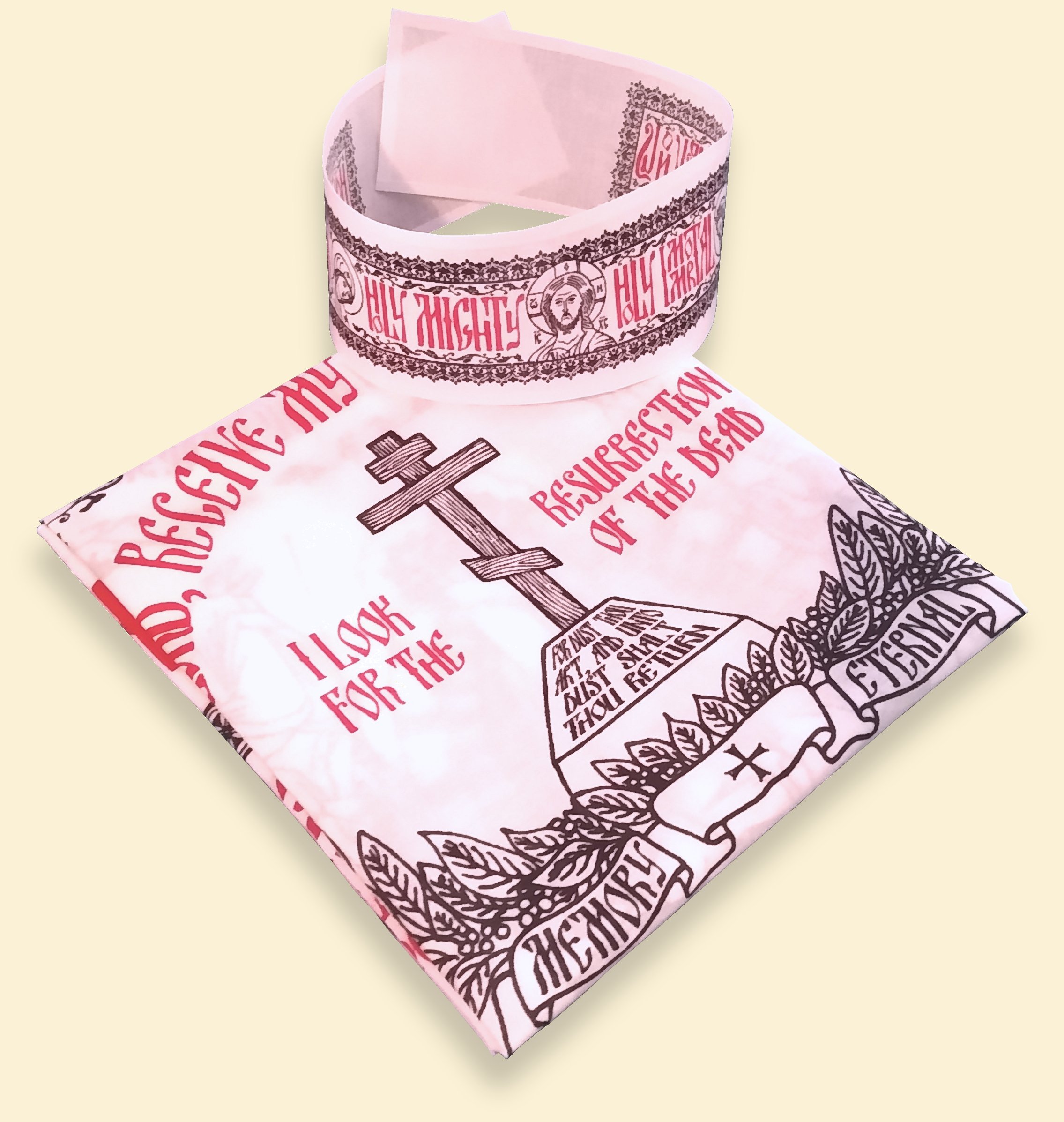
And one who shuts the eyes while the soul departs is a murderer because he has hastened the person’s death. And one may not shut the eyes even on a weekday while the soul departs. (…) One may not shut the eyes of the dead on Shabbat because the body is set-aside. Similarly, one may tie the jaw of a corpse that is in the process of opening. When necessary, one may also remove a pillow from beneath it and thereby place it on cold sand in order to delay its decomposition. One may smear oil on the body and rinse it with water, and all of this is permitted provided that one does not move any of its limbs, which would constitute a violation of the laws of set-aside objects. One may perform all of the needs of the dead on Shabbat. Talmudic Jewish law permitted all actions to be performed on the deceased on the Sabbath: Between the second half of the 1 st century BC (the time of Herod the Great) and the 2 nd century after Christ, the funeral ritual was enriched by the washing of the body of the deceased, as exemplified by the treatment of Tabitha of Jaffa, whose body was washed after death and laid in an upstairs chamber (Acts 9:37). Although tombs discovered at Jericho and other sites on the Dead Sea attest to it, it is not known whether this was a common practice or only a local one. We do not know whether it was customary at the time of Jesus to place coins on the eye sockets of the deceased. Relatives closed the eyes and mouth of the deceased and planted a final kiss: this is how the Egyptian Joseph behaved towards his father Jacob (Gen 46:4 and 50:1). We learn about how funerals were conducted mainly from the New rather than the Old Testament.

The Jewish priest did not participate in the burial, as the burial was a matter exclusively for the family and relatives of the deceased. The Jewish burial ceremony was distinguished by the fact that it had no religious aspect. Abandoning the human body after death to the mercy of wild animals or birds of prey, or failing to bury it at all, was regarded as a curse. The funeral ceremonial focused more on its spiritual value and did not draw on foreign customs however, the Canaanite form of burial was adopted, which was characterised by extraordinary care for the body of the deceased, which stemmed from the belief that even after death, the soul feels the state in which the body is. It was not customary for the Jews to embalm the corpse (the exception being Jacob and Joseph, to whom the Egyptian practice was applied) or to use coffins or sarcophagi. It was for this reason that human corpses, or even only their parts, were shown respect because they ensured the existence of the soul in the subterranean Sheol (Job 26:5–6 Isa 14:9–10 Ps 27:13). Most Jews adopted a Pharisaic way of thinking. This thought gradually developed into the idea of resurrection, which at the time of Jesus sparked a dispute between the religious groupings of the time: the Pharisees and Sadducees, the former believing in resurrection and the latter denying it.

Jewish anthropology did not distinguish in man between body and soul, but treated him as a unity, which was reflected in the terminology: a living man was called a “living soul” and a dead man-a “dead soul.” From the 2 nd century BC onwards, the belief that an immortal soul existed emerged.

This conviction underpinned the belief that man continues to live after death, and that his burial place (the grave, the tomb) is his dwelling, into which the necessities of life must be placed. When God took away man’s life-giving breath, man departed from the “land of the living” and passed into Sheol-the land of the dead-where he continued to live but deprived of most of his vital energies he lived a reduced existence that was similar to a deep sleep. They reasoned that death was not an accident or something accidental, but a law of implacable nature to which all living beings were subject. It is therefore necessary to reconstruct this custom and describe both the general and specific rules of the burial ritual.īurial was regarded by the Judeans as an expression of respect and love towards the deceased. The Gospel of John states that Jesus was buried according to the Jewish burial custom (John 19:40). the 1 st century), which we know from various accounts. These traces must be contrasted with the Jewish burial rites that were in force at the end of the so-called Second Temple period (i.e. The traces on the Shroud of Turin represent a man subjected to torment and crucifixion before death.


 0 kommentar(er)
0 kommentar(er)
